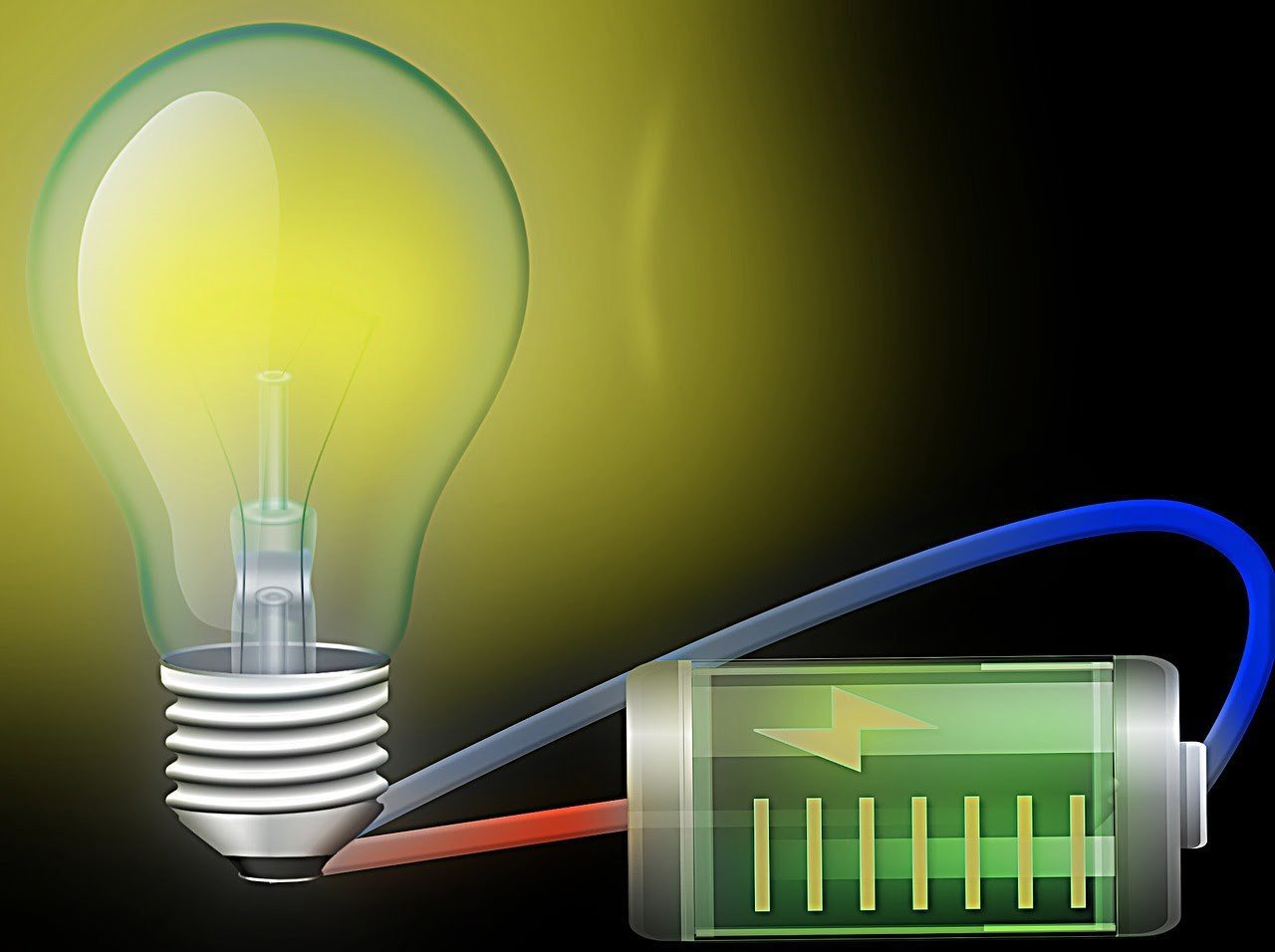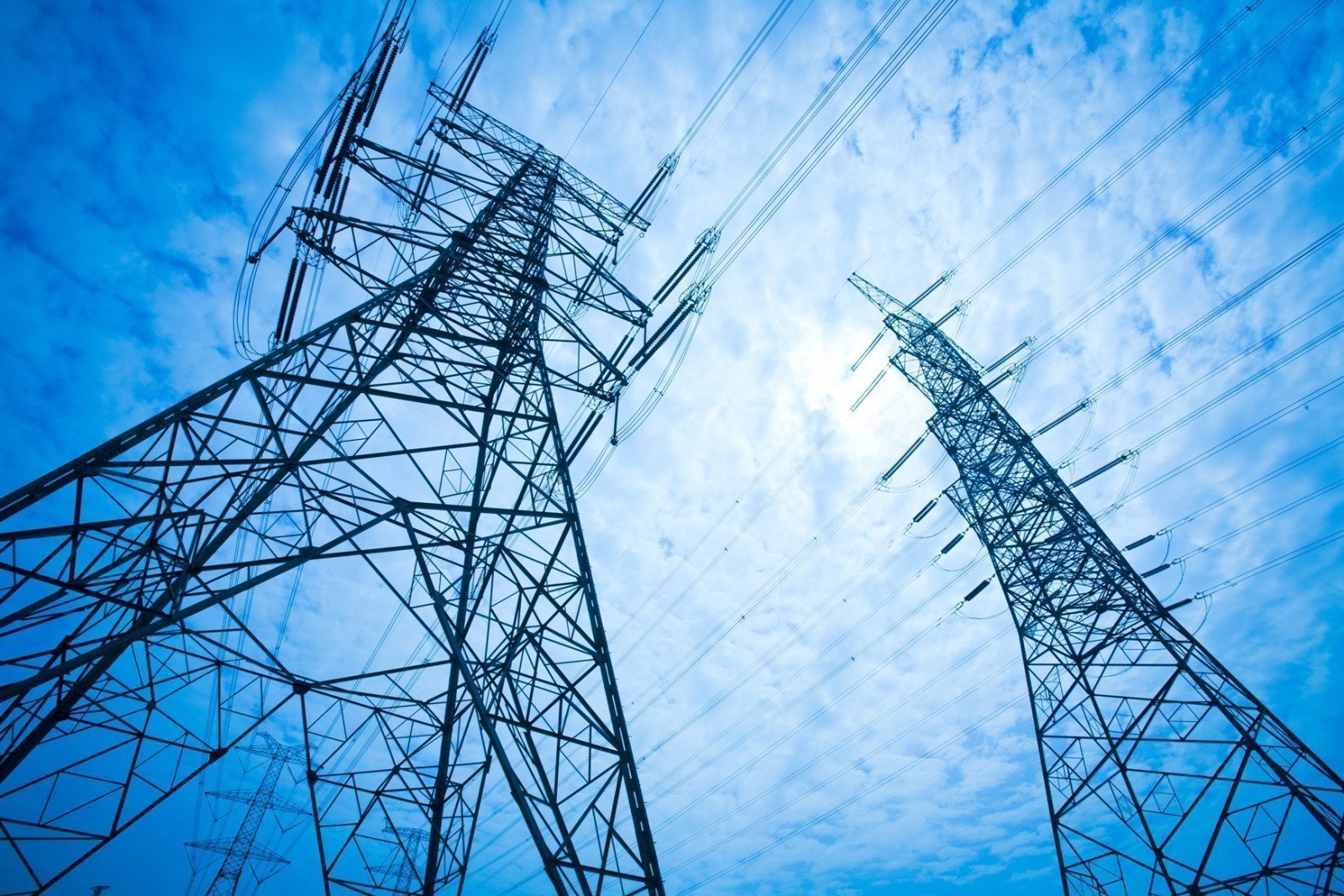In the 1880s, there was a historical war between Edison’s direct current (DC) and Tesla’s alternating current (AC). This AC and DC struggle decided which type of current would be used to power the earth. In the end, Tesla’s AC prevailed, despite Edison’s brutal moves to discredit AC.
Before these events took place, DC was the only current that could be generated by humans at that time. It was simple, capable enough, and the industry standard.
What is direct current (DC)?

DC or direct current is the type of current in which an electric charge flows in only one direction. Direct current is mainly supplied from DC generators such as solar panels and permanent magnet motors. It can also be stored in batteries such as AA and AAA. It can be converted from AC with rectifiers like a bridge rectifier plugged into a phone charger.
Batteries can only store currents flowing in one direction. This means that all conventional batteries can only store direct current, not alternating current. That is, you can easily distinguish which devices are using DC, such as a phone, laptop, wireless headset or camera. If a device uses a battery, it works with DC.
What is alternating current (AC)?

Alternating Current is the type of current in which electric charge flows back and forth. This means that half the time the current is positive and half the time it is negative.
Alternating currents are produced through mechanical generators such as steam turbines, windmills and combustion engines. It is also possible to supply alternating current from DC via rectifier components such as the inverter in your portable battery backups or battery generators. Due to the ever-changing polarity of AC, a battery that can successfully store alternating current has yet to be produced.
Alternating current is the preferred current for power transmission from power plants to your home. All electrical outlets in your home are powered by AC, as no corrections are made from the distribution lines coming to your home. This means that all appliances (washing machine, blender, refrigerator) plugged into a power outlet are using AC.
What is the difference between AC and DC?

As can be understood, AC and DC are two different types of current. DC provides unidirectional current, while AC alternately switches back and forth current directions.
The constant unidirectional flow of a DC provides constant electricity suitable for powering electronics and storing power in batteries. The disadvantage of DC is that power transfers over long distances are inefficient.
DC was generated at low voltages (volts) with high currents (ampere). Transferring high currents slowly (due to low pressure or voltage) causes a buildup of energy-consuming heat in transmission cables. That’s why transmission cables need to be thicker to dissipate heat. So electricity providers needed to find a better way to transfer energy.

The solution was to transfer smaller amounts of current at high voltages to avoid heat build-up while transferring more power. This is where AC is most needed. The alternating directional flow of electrons in AC allows magnets to generate strong electromagnetism to operate in an alternator. Power plants can easily convert high currents at low voltages to low currents at high voltages with an alternator.
AC and DC are the currents that make up the modern world. AC is used for long-distance power transmissions and to power power-hungry factories. DC is used to power electronics such as phones, cameras, and computers.
Which is better? AC or DC?

Although AC won the battle between currents, that doesn’t mean it’s better than DC. AC is more suitable for use in homes, factories and other establishments for long distance power transmissions and high power applications. In contrast, DC is much more suitable for storing power in batteries and for use in lower power electronic devices.
In short, we shouldn’t be comparing AC and DC. Both streams have their own pros and cons, and neither is better than the other.